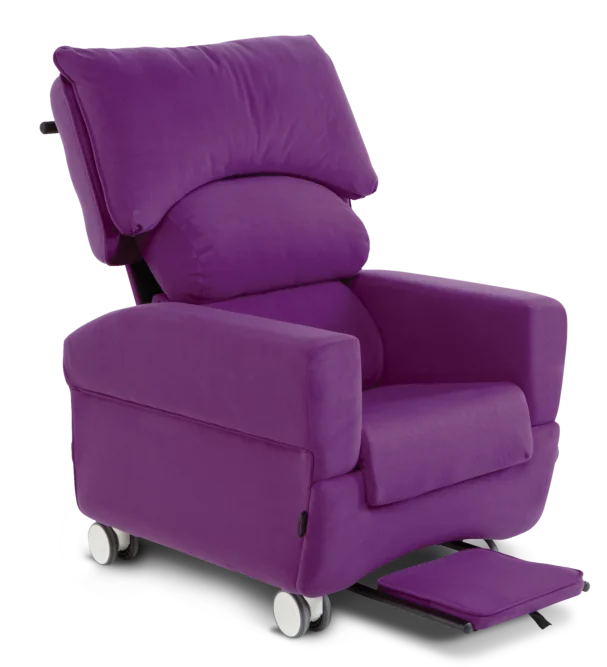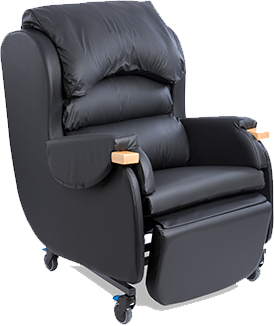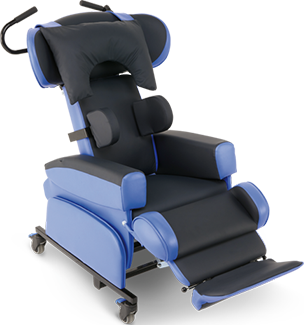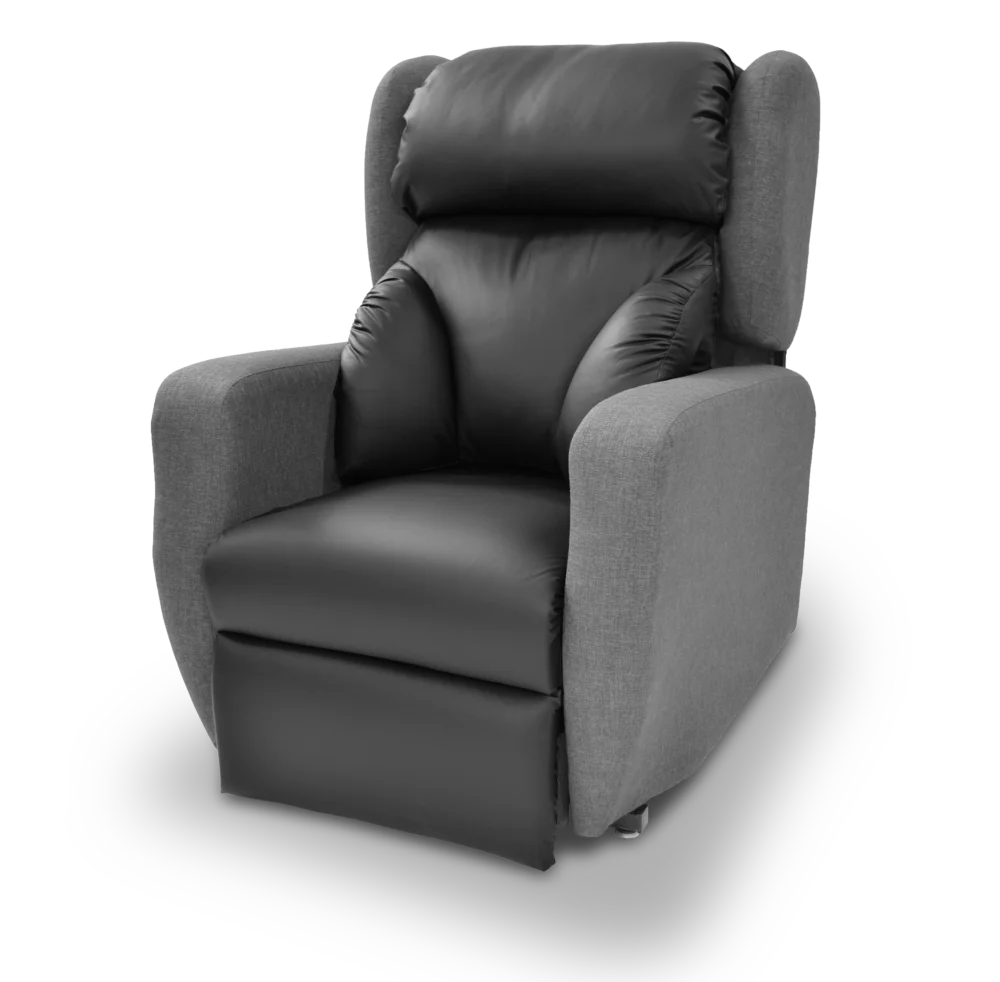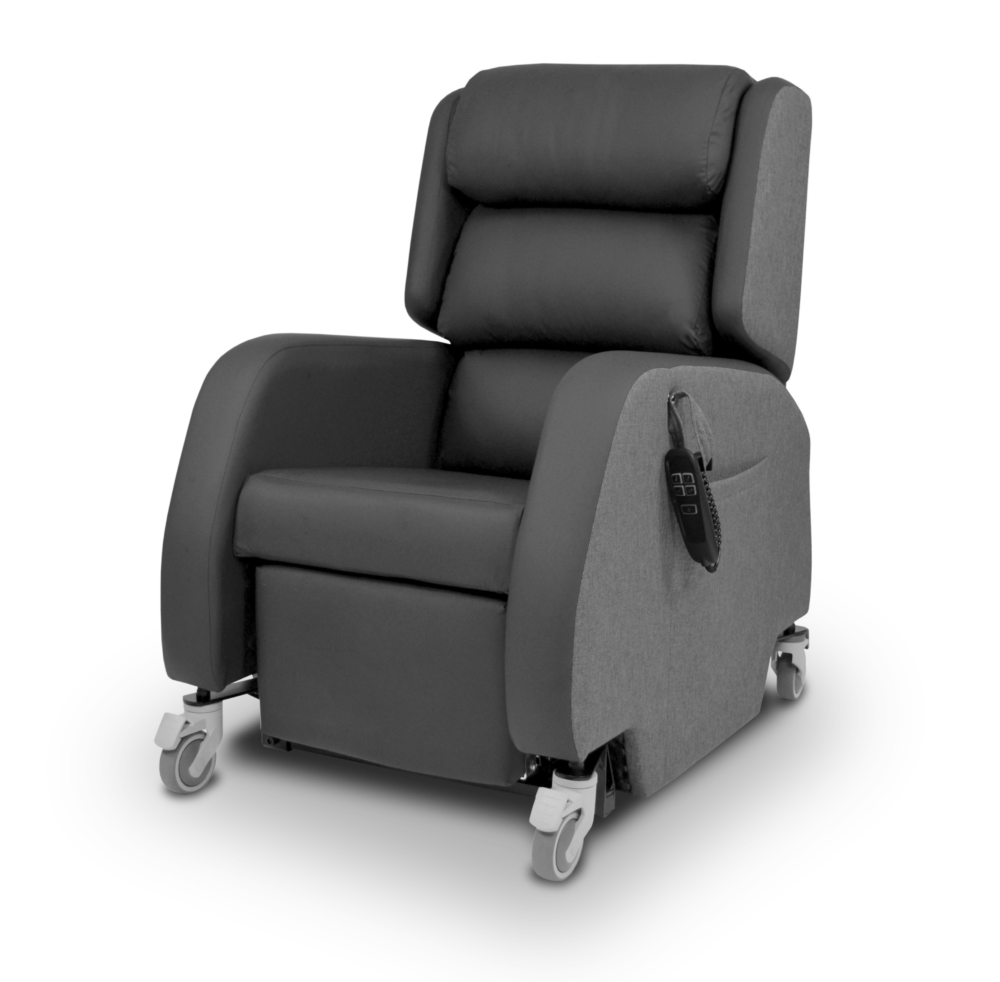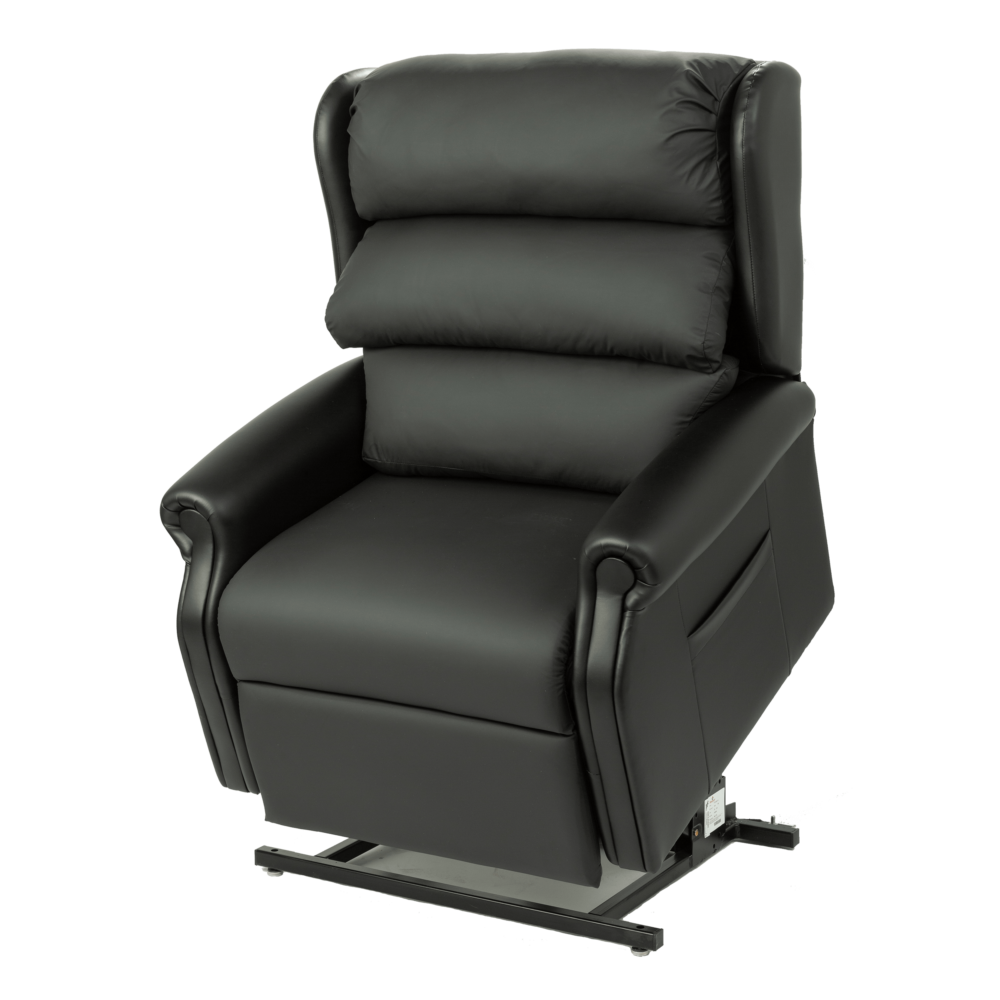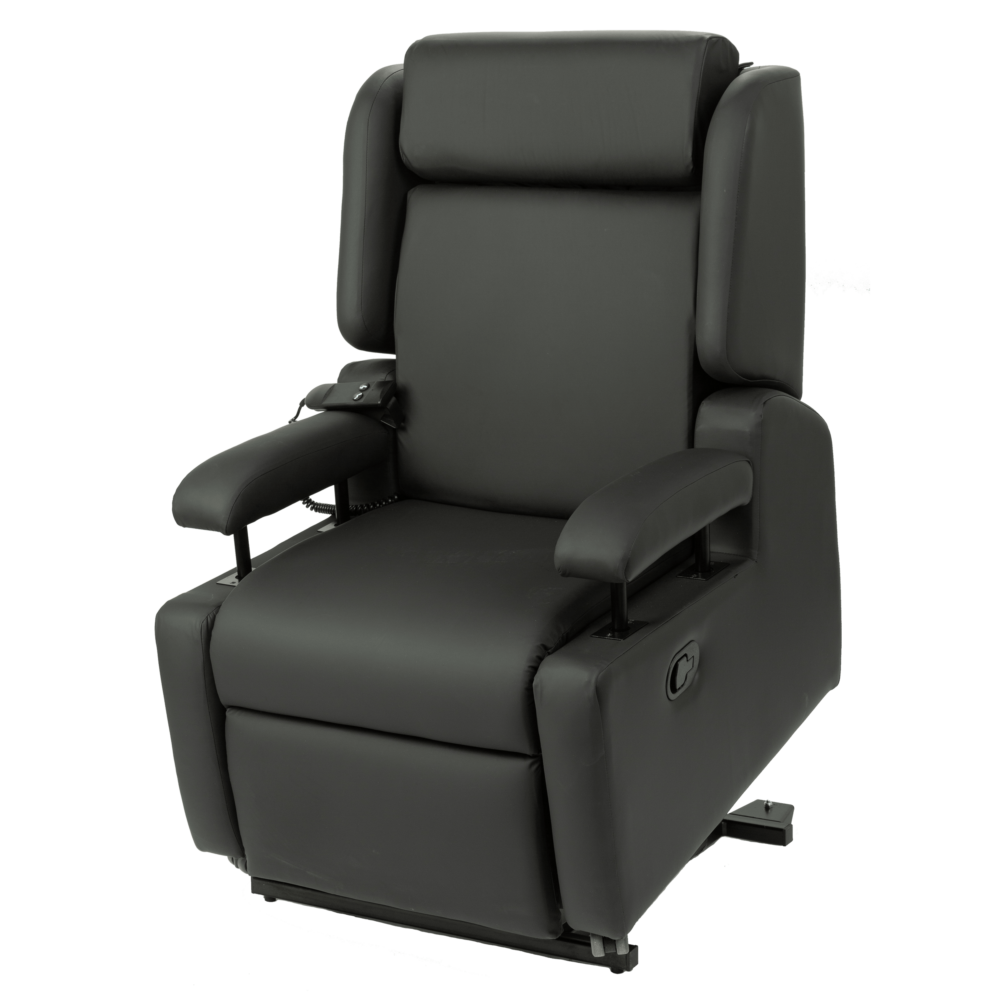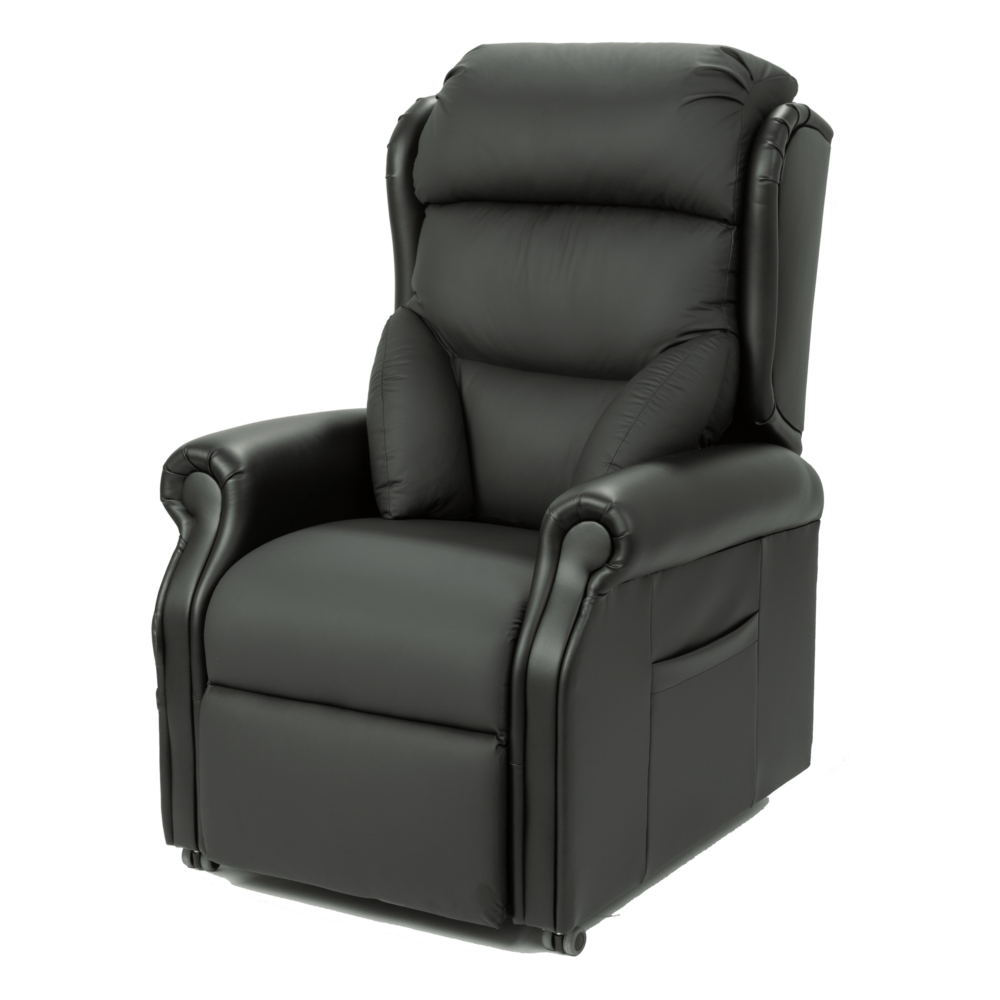What is scoliosis?
Scoliosis is when an individual’s spine twists and curves to the side. The curve is usually “S” or “C” shaped. An individual may present with leaning to one side, uneven shoulders and protruding ribs on one side.
This postural challenge can be associated with pelvic obliquity, pelvic rotation, asymmetrical trunk posture, kyphosis and pain. Scoliosis requires a holistic multi-disciplinary management plan as the individual can present with physiological dysfunction, including respiratory and digestive problems, swallowing difficulties if they are unable to achieve a safe position for eating and drinking, and their altered head position can have a significant impact on interaction and wellbeing.
What are the causes?
In 8 out of 10 cases the cause of scoliosis is unknown, this is known as idiopathic scoliosis. Some cases of scoliosis are congenital, while others are due to age related degeneration. In individuals with complex postures, resulting from an underlying condition such as cerebral palsy, it is referred to as neuromuscular scoliosis and can be affected by the following:
- Incorrect chair set-up
- Poor sitting balance
- Trunk weakness
- Abnormal muscle tone
- Asymmetrical pain or discomfort
- Pelvic instability
- Fatigue and the effects of gravity
Are there any seating solutions that can help?
Management will depend on whether the scoliosis is correctable or fixed, which can be identified during a comprehensive assessment. It is essential to assess range of movement and flexibility to ascertain whether the individual’s posture can be corrected or if it needs to be accommodated. Seating solutions can include:
- Ensuring appropriate chair set-up and seat dimensions
- Adequate trunk support, encouraging an as aligned position as possible
- Mild scoliosis can be well managed with 2-point lateral support
- Moderate to severe scoliosis may require 3-point or multi-point lateral support
- Chest harness, following risk assessment, to encourage trunk stability
- Tilt-in-space, if appropriate, to encourage pelvic stability and energy management
- Addressing any associated pelvic obliquity and/or pelvic rotation

